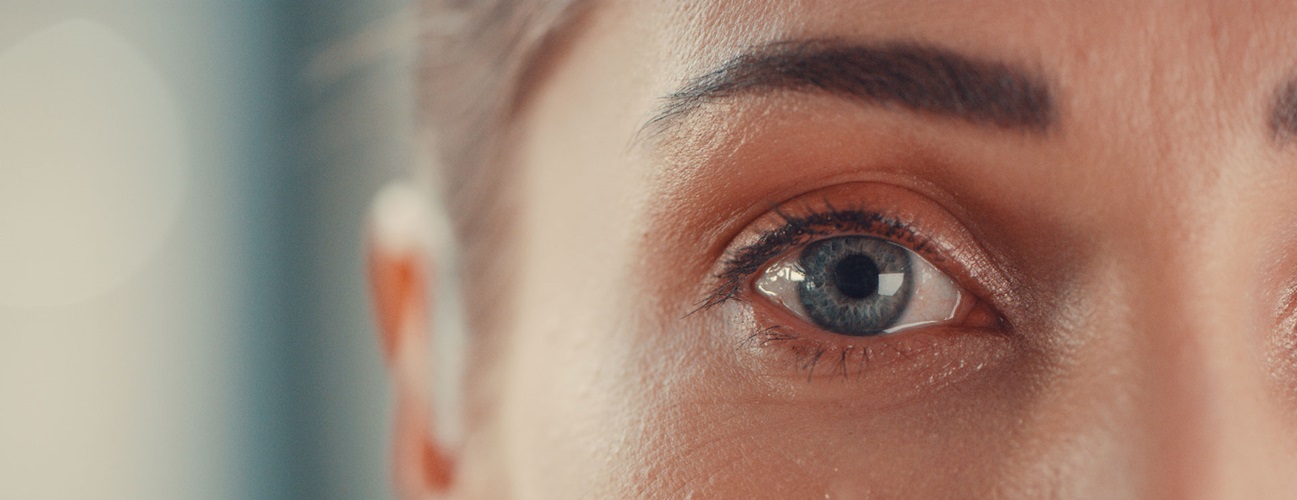Pinguecula and Pterygium
Featured Expert
Pinguecula vs. Pterygium
Pinguecula and pterygium are both caused by exposure to ultraviolet (UV) radiation, and made worse by chronic dryness or irritation. However, there are some important differences between the two.
A pinguecula is a small, raised, white- or yellow-colored growth that is limited to the conjunctiva; it can occur on the inner or outer side of the eye. A pinguecula may contain deposits of protein, fat or calcium. For most people it does not affect vision, but in severe cases, it can interfere with the way the tears cover the eye, causing dryness, redness and inflammation.
A pterygium, also known as surfer’s eye, is a raised, wedge-shaped growth of the conjunctiva that extends onto the cornea — the outer layer of the eye. These growths also can occur on either side of the eye. In some instances they remain small, but they can potentially grow to the point of feeling uncomfortable or affecting vision. Pterygia usually cause irritation, redness or a sensation of something in the eye, and sometimes cause decreased or distorted vision after changing the shape of the cornea.
Diagnosis of Pinguecula and Pterygium
Pinguecula and pterygium can be diagnosed by a slit-lamp examination from your eye doctor. In some cases, the growth has to be removed and later examined under a microscope to make a diagnosis, as some precancerous growths can appear similar to pinguecula or pterygium.
Prevention of Pinguecula and Pterygium
- Shielding your eyes from UV radiation will help to protect not only the eye’s surface, but also tissues within the eye that can be sensitive to UV light. Wearing sunglasses that specifically block UV light during daytime hours will help against exposure.
- Keep your eyes lubricated to maintain moisture, and limit the effects of wind, dust and particles from the environment. Artificial tears can be helpful. If you’re using artificial tears more than four times a day, consider preservative-free formulations, which are gentler to the front layers of the eye.
Treatment of Pinguecula and Pterygium
In early stages, pinguecula and pterygium can often be treated with artificial tears if the eye feels mildly irritated.
Your doctor may suggest removal of pinguecula or pterygium if the growth:
- become thickened and painful
- affects how the eye blinks
- alters the curvature of the cornea
Your eye doctor might encourage you to use prescription eyedrops, or may recommend that the growth be surgically removed if it looks like it may be a more serious lesion.
Pterygium Surgery
Pterygium surgery is a procedure in which the growth is removed from the eye in an operating room. Depending on how much of the eye is affected and the health of the eye’s surrounding tissues, your doctor may move some conjunctiva from healthy parts of the eye to cover the affected area. If the growth is large, a supportive tissue called an amniotic membrane may be applied to promote healing of the area. The procedure often takes between 30 minutes and an hour.
If surgery is required for both eyes, the procedures typically take place on separate days to allow you to see out of one eye while the operated eye is healing.
Pterygium Surgery Recovery
Your doctor may apply a patch to the repaired eye to minimize residual bleeding and shield from infection. You will receive details on when you can remove the patch.
During recovery, you may experience mild instances of eye redness, irritation or blurred vision. Recovery takes place for at least a month, during which you will likely be prescribed antibiotic and steroid drops to prevent infection and reduce dryness and inflammation.
In a small percentage of cases, the growth can recur months to years later. If that happens, you may be eligible to repeat the surgery, and your surgeon may use additional approaches to help prevent recurrence.
Pinguecula Surgery
Surgery for pinguecula is uncommon, but may be required if there is suspicion for a precancerous lesion that needs removal. Pinguecula surgery involves removing the growth then replacing the affected area with healthy conjunctiva or other eye tissue.Ocular Surface Disease and Dry Eye Clinic at the Wilmer Eye Institute

The Ocular Service Disease and Dry Eye Clinic at the Wilmer Eye Institute treats a variety of eye conditions, including dry eye.







